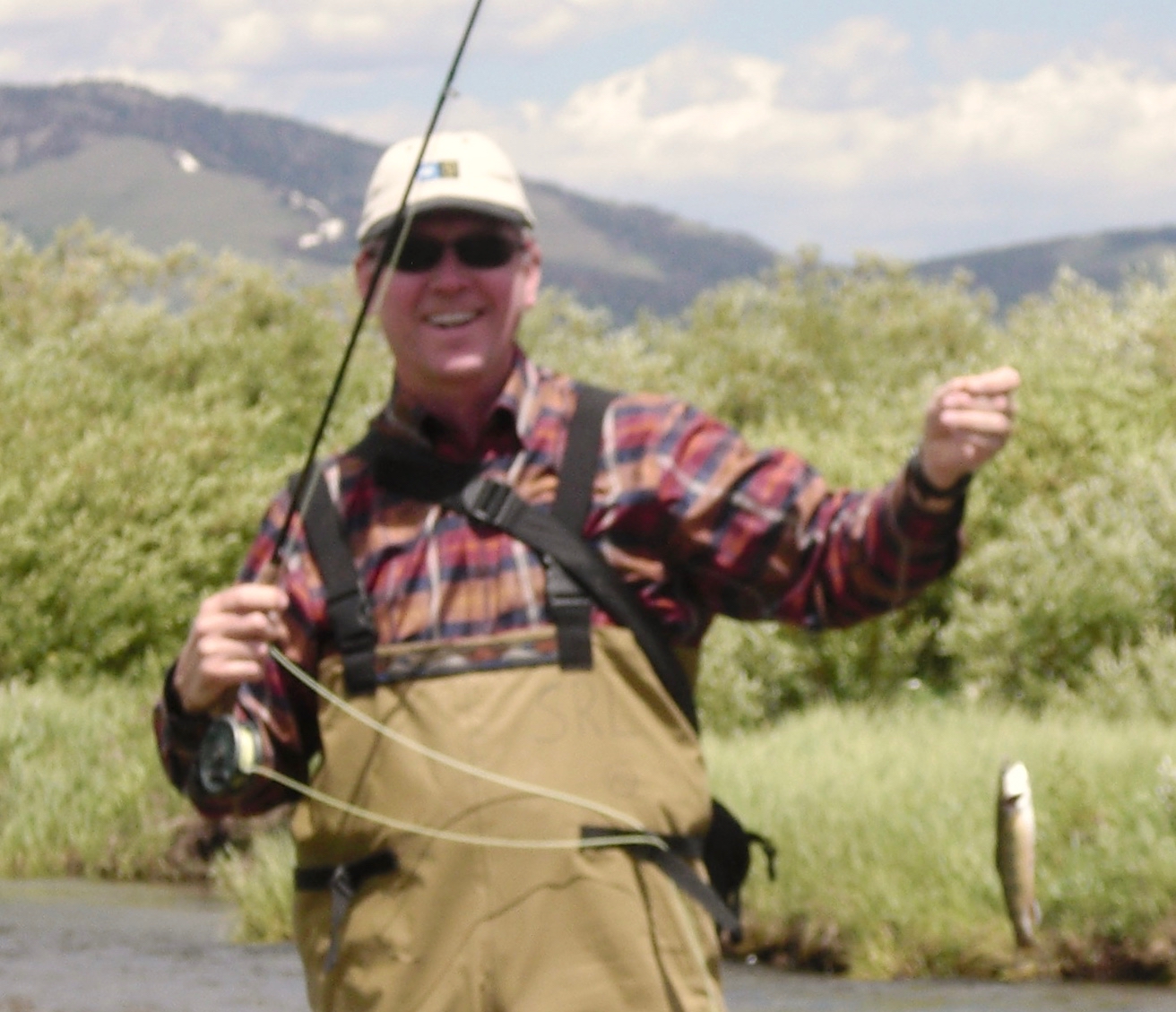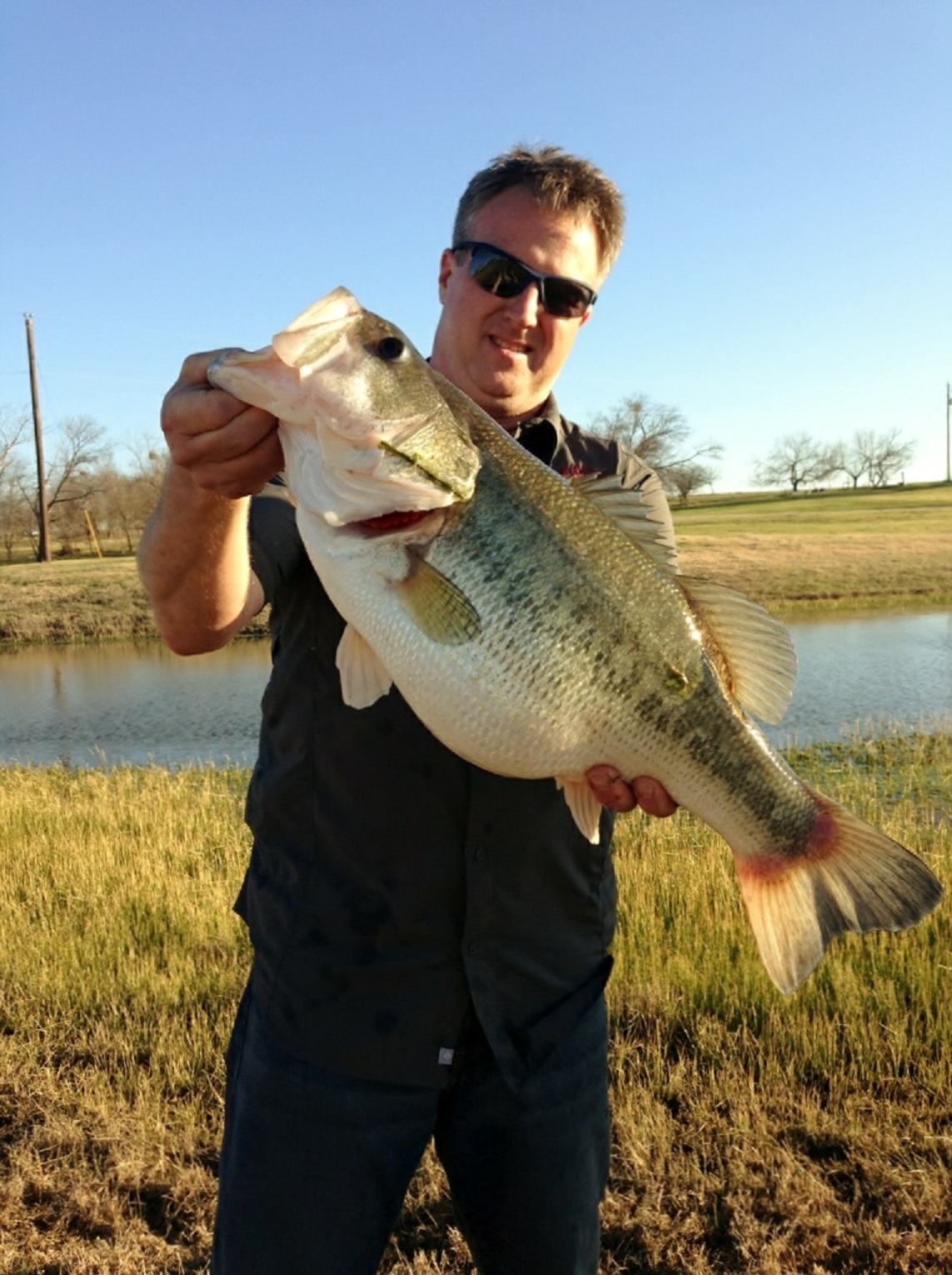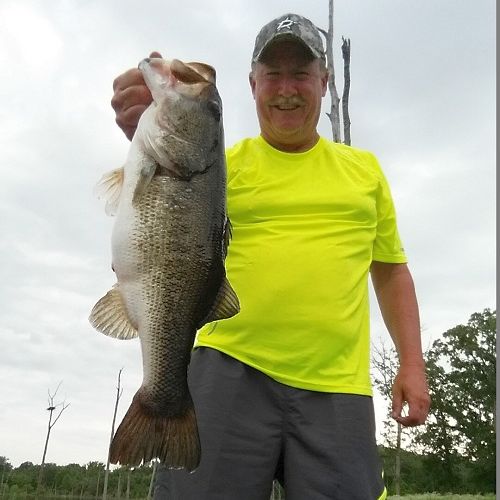Aug 15 2018
jeff babione
Fry
spent the day fishing six o. From 7:00 am until 4 pm. Culled 22 returned 10. Water was down about 2 -3 ft from when i fished it this April. Dense hydria around the entire lake - anything 5 feet or less. Most fish caught along the transition between weeds and clear water. Few out in the open around 15 ft. Threw top water for the first hour no takers. Broke out the tackle box but most caught on red rattle trap and wacky rigged red and brown senkos. The strange part was the smaller fish all looked heathy. But the larger fish say 20 inches and above looked like that hadn't eaten in a month. 22- 23 inch bass big head and weight just barley 3 pounds. Anyone experience the same things? I had my PB in the spring here at 6-11oz. So don't know what going on. Could the vegetation be too thick? Caught a couple huge blue gill at the dock over lunch.
Jeff




Aug 15 2018
James Stewart
Slot Fish
Member Since :
2016
Number of Posts :
118
i forgot to put that in my latest report from Timber Lake, but I noticed the same thing. The little 1-2 pound bass were very healthy, but the bigger ones (3+ pounds) needed a protein shake.